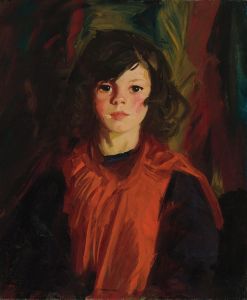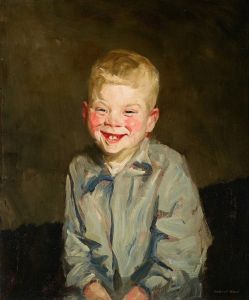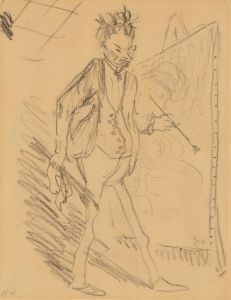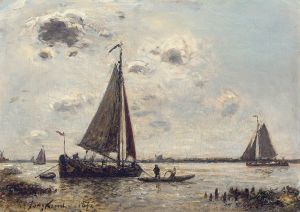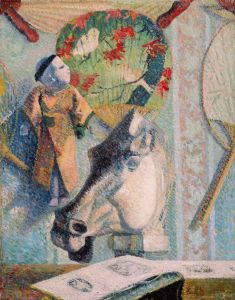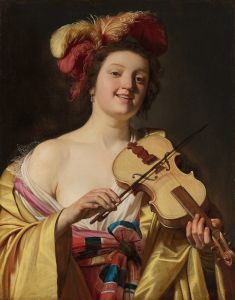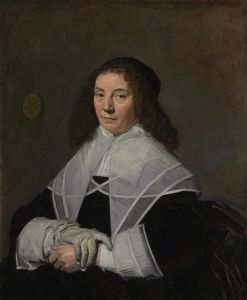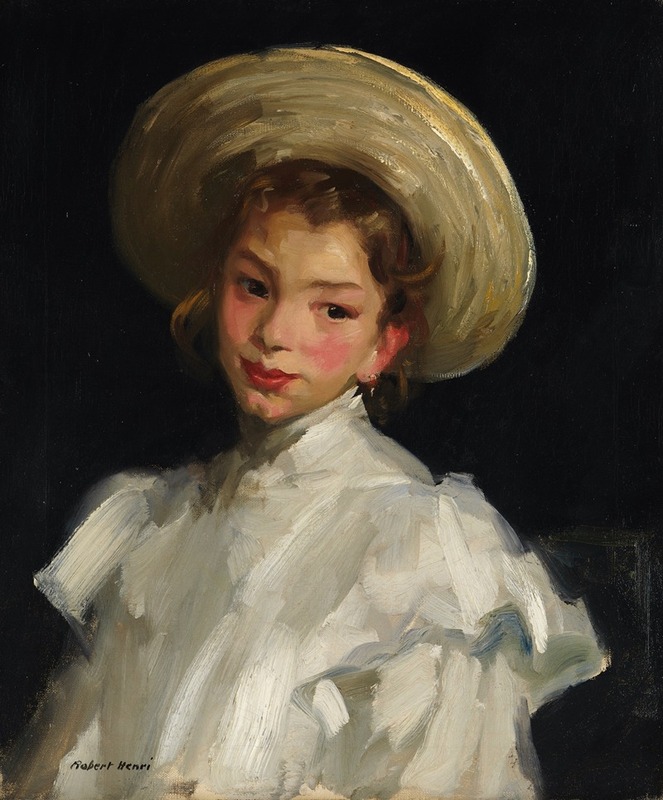
Dutch girl in white
A hand-painted replica of Robert Henri’s masterpiece Dutch girl in white, meticulously crafted by professional artists to capture the true essence of the original. Each piece is created with museum-quality canvas and rare mineral pigments, carefully painted by experienced artists with delicate brushstrokes and rich, layered colors to perfectly recreate the texture of the original artwork. Unlike machine-printed reproductions, this hand-painted version brings the painting to life, infused with the artist’s emotions and skill in every stroke. Whether for personal collection or home decoration, it instantly elevates the artistic atmosphere of any space.
"Dutch Girl in White" is a painting by the American artist Robert Henri, created in 1907. Henri, a prominent figure in the Ashcan School of art, was known for his portraits and depictions of everyday life, often focusing on capturing the individuality and character of his subjects. This painting is one of many portraits Henri created during his travels in Europe, where he sought to study and paint local people in their natural environments.
The subject of "Dutch Girl in White" is a young girl dressed in traditional Dutch attire, including a white dress and a lace cap, which were characteristic of the Netherlands' regional clothing at the time. The painting reflects Henri's interest in portraying the cultural identity of his subjects while emphasizing their humanity and individuality. The girl's serene expression and the soft, naturalistic tones of the painting highlight Henri's skill in capturing both personality and atmosphere.
Henri painted "Dutch Girl in White" during a period when he was heavily influenced by European art movements, particularly the works of the Old Masters and the Impressionists. His use of loose brushwork and attention to light and texture in this piece demonstrate his ability to blend traditional techniques with a modern sensibility. The painting also reflects Henri's belief in the importance of art as a means of connecting with people and celebrating their unique stories.
The painting is part of the collection of the Metropolitan Museum of Art in New York City, where it is appreciated as an example of Henri's portraiture and his engagement with European culture. It continues to be studied and admired for its artistic qualities and its representation of Henri's broader artistic philosophy.








